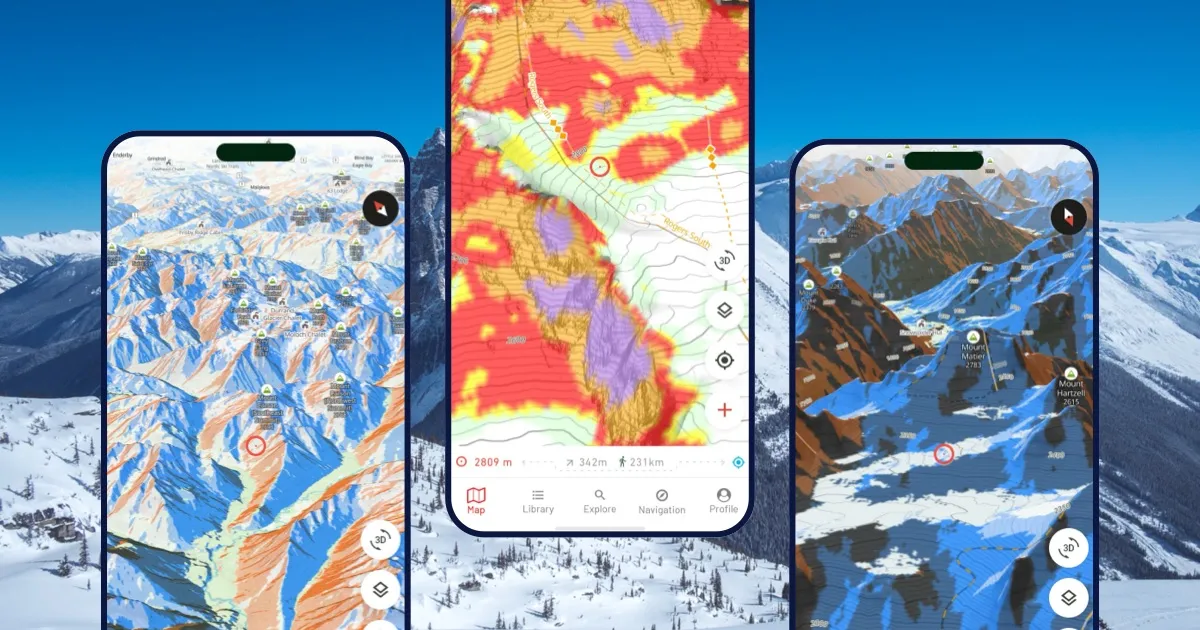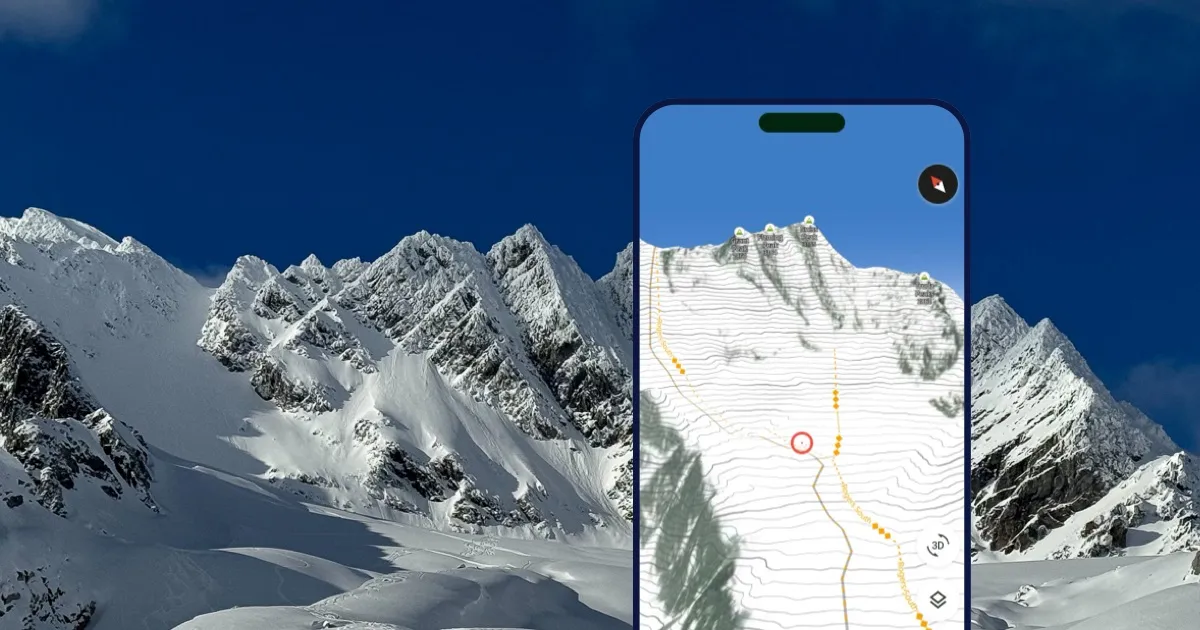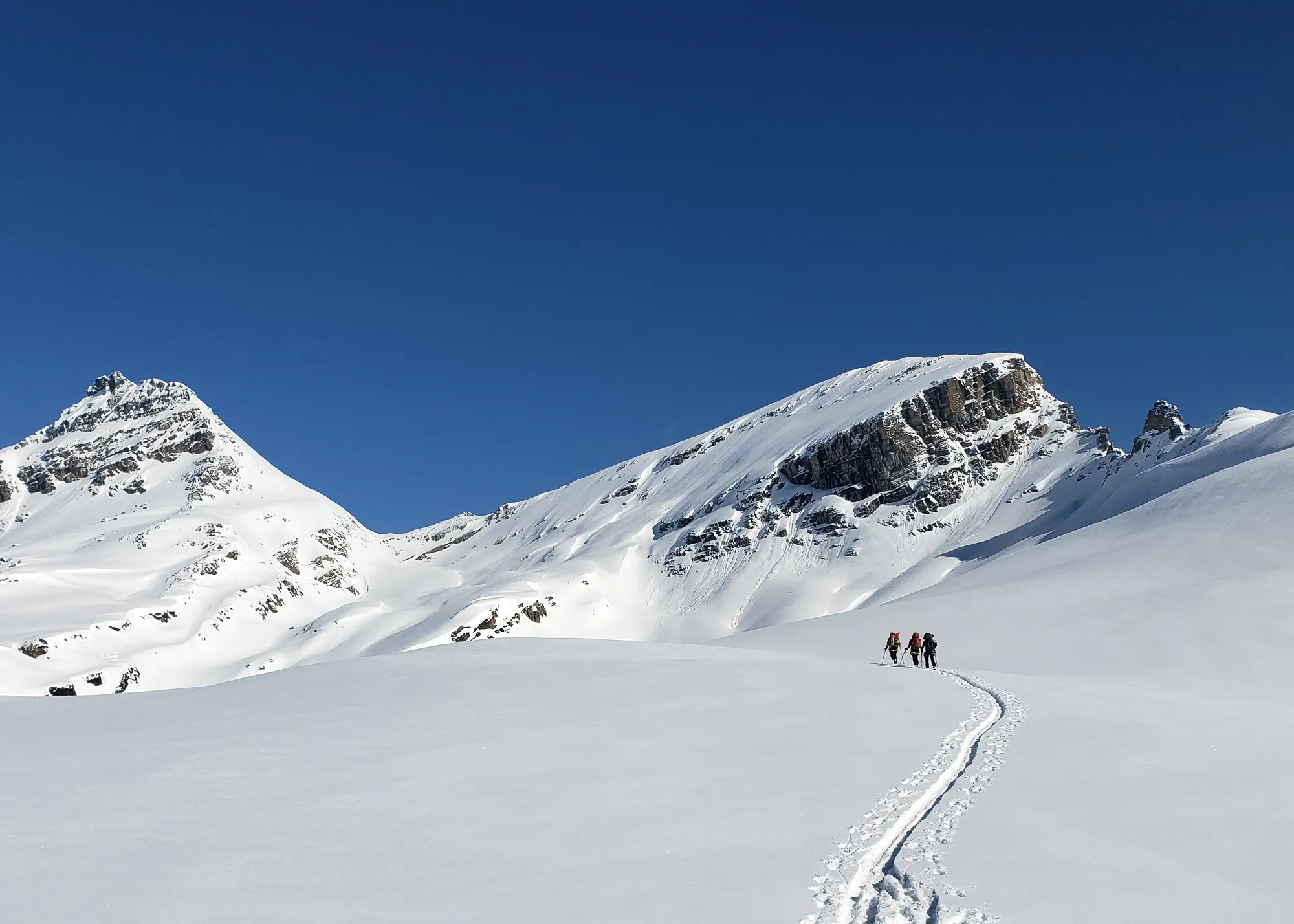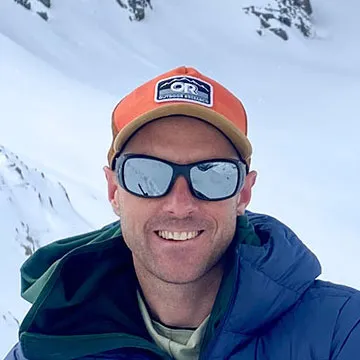In the backcountry, terrain is your language — and learning to read it fluently is perhaps the most vital of all mountain skills. It’s a subtle skill - and one that takes time to perfect - but there are some tangible elements to it, so let’s run through them.
Have you ever noticed that when you ski with extremely experienced skiers, the skin track is consistently angled, hazards feel manageable, and there’s a noticeable lack of stress? A significant aspect of this is terrain analysis - the skilled operator makes decisions well in advance of when they need to be made, and works the terrain efficiently. Whether you’re chasing powder, planning a traverse, or scoping couloirs from a distant ridge, developing terrain awareness is one of the most powerful skills you can have.
The Art of Observation
Every great line starts long before you click into your bindings. As you skin or bootpack, take time to look up and out. Study the contours, shadows, and tree lines. Notice the slope’s unique qualities — its aspect, its steepness, its shape. South-facing slopes may hold corn or crust. North faces keep cold powder but can hide facets and persistent weak layers. Wind can sculpt one side into a perfect ramp and the other into a deadly trap. Snow pits are useful, but simply observing and feeling your surroundings is the ultimate skill. Is it warmer than you expected? Are the trees denser than you’d pictured them in your head? What do those bits of information tell you, and how do they affect your terrain choices?
Train yourself to look beyond the obvious. Cornices mark prevailing wind direction. Smooth, planar slopes often signal loaded slopes prone to avalanches. Convex rolls are classic trigger points for avalanches, while concave features tend to collect debris or sluff. When you take a break, sit and study the terrain - it’s remarkable how much you can learn from the simple act of observation, and how much of that observation slowly becomes subconscious.
Reading the Map Before the Mountain
Long before you’re standing at the top of your line, you can start to “read” it from a map. Outmap lets you toggle between satellite imagery, topographic shading, and slope-angle overlays — each telling part of the story.
Start by identifying:
- Aspect: Which way does the slope face? This determines how the sun and wind affect the snow quality and stability. Do you need to be get up early in order to do your climb or descent before it gets too hot, or are you better off waiting until later in the day so that the snow has softened up?
- Slope angle: Avalanches are most common between 30° and 45°, but don’t underestimate steeper chutes or gentle runouts where debris can funnel. Also, check what’s going to be above you - overhead hazard is a consideration just as much as the hazards you’ll encounter on the way down.
- Terrain traps: Gullies, creek beds, and small depressions can amplify risk by collecting snow and debris.
- Escape routes: Always have a safe zone in mind — somewhere you can stop, regroup, or exit quickly.Make sure to study your line in Outmap’s 3D mode. This helps you visualize rollovers, cliff bands, and benches that might not show clearly on a 2D map.

Seeing What the Snow Hides
Snow transforms terrain — sometimes hiding hazards and sometimes creating new ones. A slope that looks smooth might be laced with buried rocks or wind slabs. After a storm, gullies fill in, cornices build, and ridgelines reshape themselves overnight.The trick is to see through the snowpack. Look for subtle shading changes that reveal micro-terrain: a small shadow might signal a buried boulder; a ripple could mean a wind-loaded pocket. Pay attention to snow texture underfoot — a transition from soft to firm might indicate a cross-loaded area or a hidden slab boundary. Good terrain readers don’t just look; they listen. The sound of your skis on the skintrack, the “whumpf” of collapsing layers, the tone of wind across a ridge — all offer clues about what lies beneath.
Linking Safe Travel and Smart Terrain Choices
Reading terrain isn’t just about finding the best snow — it’s about managing exposure. A professional mindset means constantly asking, “What happens if this slope slides?” and “Where would I go?”Move from island to island of safety — ridgelines, stands of trees, or lower-angled benches. Avoid traveling directly below others. Keep your group spread out on suspect terrain. And always have an exit strategy that doesn’t rely on luck.As your experience grows, terrain reading becomes intuitive. You’ll start to sense when something feels “off” — maybe it’s a cross-loaded pocket, an odd wind pattern, or a rollover you didn’t notice before. Trust that instinct. It’s usually the sum of dozens of subtle cues your brain has picked up subconsciously.

Practice Makes Progress
The best way to get better is to practice deliberately. Pick a familiar tour and spend time predicting what you’ll find around the next corner — then check yourself. Compare your on-the-ground observations with your map notes. Talk through what you see with partners and experienced mentors. It can super frustrating to be expecting powder but find windboard, but try to figure out why you got it wrong. And if you never get it wrong, tell me how!
Take avalanche courses not just for the snow science, but for the terrain management modules. Watch guides and instructors closely — how they stop, where they transition, which lines they avoid, even when they look tempting.The more you refine your terrain reading, the more the mountains open up. You’ll ski better snow, choose smarter lines, and feel more connected to the landscape.
In the backcountry, the real pros aren’t just strong or fast — they’re fluent in the language of terrain.





